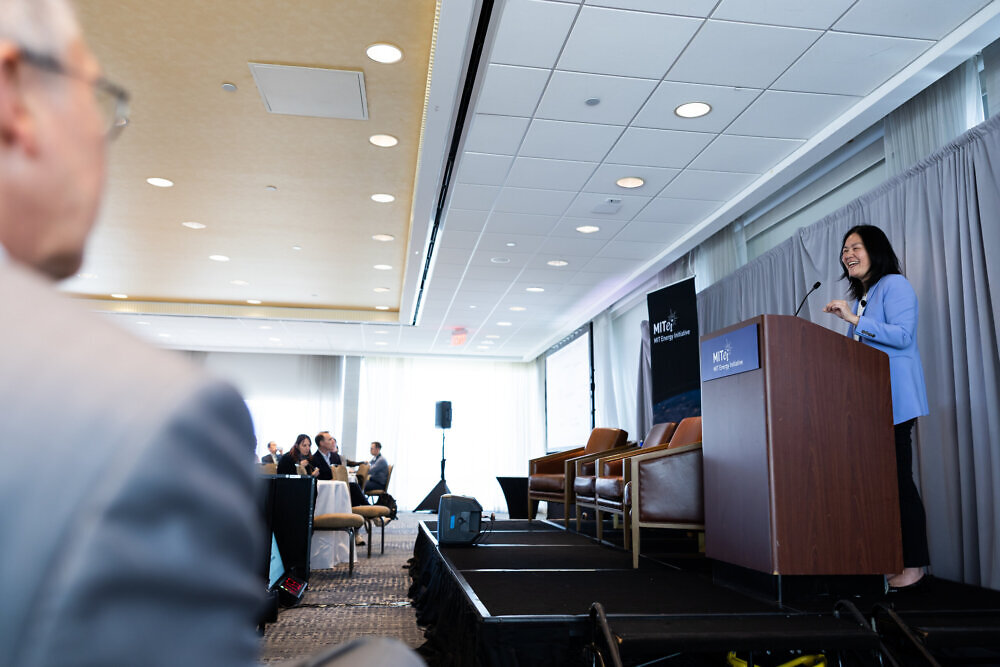Confronting the AI/energy conundrum

The explosive growth of AI-powered computing centers is creating an unprecedented surge in electricity demand that threatens to overwhelm power grids and derail climate goals. At the same time, AI technologies could revolutionize energy systems, accelerating the transition to clean power.
"We’re at a cusp of potentially gigantic change throughout the economy," said William H. Green, director of the MIT Energy Initiative (MITEI) and Hoyt C. Hottel Professor in the MIT Department of Chemical Engineering, at MITEI’s Spring Symposium, "AI and energy: Peril and promise," held on May 13, 2025. The event brought together experts from industry, academia, and government to explore solutions to what Green described as both "local problems with electric supply and meeting our clean energy targets" while seeking to "reap the benefits of AI without some of the harms." The challenge of data center energy demand and potential benefits of AI to the energy transition is a research priority for MITEI.
AI’s startling energy demands
From the start, the symposium highlighted sobering statistics about AI’s appetite for electricity. After decades of flat electricity demand in the United States, computing centers now consume approximately 4% of the nation’s electricity. Although there is great uncertainty, some projections suggest this demand could rise to 12-15% by 2030, largely driven by AI applications.
Vijay Gadepally, senior scientist at MIT Lincoln Laboratory, emphasized the scale of AI’s consumption: "The power required for sustaining some of these large models is doubling almost every three months," he noted. "A single ChatGPT conversation uses as much electricity as charging your phone, and generating an image consumes about a bottle of water for cooling."